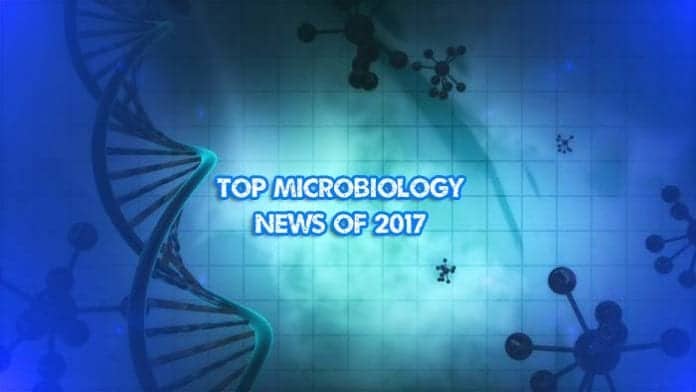
Microbiology is the branch of biology that studies microorganisms which includes unicellular (single cell), multicellular (cell colony), and acellular (lacking cells). In this article, we’ll glance over all top microbiology news in 2017, which includes new research studies, innovations, technologies and breakthroughs in the field of microbiology.
Table of Contents
- Top Microbiology News In 2017
- New Technique In Antibiotic Resistance Research
- Novel Anti-fungal Compound For Candida Auris Fungi
- Innovative Tuberculosis Treatment Using Immune System
- Study On Genetic Differences On Various Strains of Bacteria
- Study Finds Immune Cells Help Fungal Growth In Check
- eDNA Alters Conditions On Aquatic Ecosystems
- Scientists Engineered a New Probiotic As Anti-Cancer Agent
- Researchers Reveal 3D Imaging of Bacterial Movements
- Study Shows The Role of Yeast in Toxic Waste Cleanup
- Gut Microbiota Genome Editing Reduces Colitis Inflammation
- New Strain of Bacteria Reflects Sound Waves
Top Microbiology News In 2017
New Technique In Antibiotic Resistance Research

Researchers at the University of Texas have invented a new way of testing the efficacy of potential antimicrobials against fighting infection by engineering bacteria to produce toxins that are found to be potentially harmful to themselves. This new technique can open up new areas of research into antibiotic resistance.
![]()
Novel Anti-fungal Compound For Candida Auris Fungi
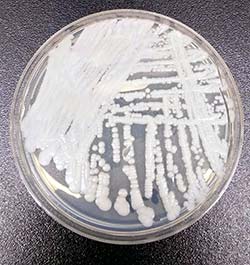
A recent study at the Case Western Reserve University revealed a novel anti-fungal compound that can be used to treat the ever resistant Candida Auris species of fungi. The drug targets proteins that attach to the cell wall of the fungus thus preventing it from growing and forming colonies that can cause infection.
![]()
Innovative Tuberculosis Treatment Using Immune System

Scientists at the McGill University studied the immune response to tuberculosis to find a cure for the disease. Current vaccines, drugs, and regimes seem to be non-functional against the rapidly resistant pathogen. Researchers have found a way to re-program the innate cells of the immune system to identify and kill the TB pathogen.
![]()
Study On Genetic Differences On Various Strains of Bacteria
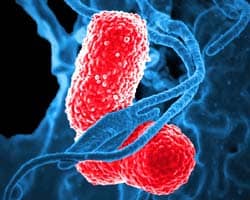
A recent study published in the PLOS journal has provided some insight into the genetic differences of various strains of bacteria. Findings from the study suggest that different strains of the same bacteria produce varying immune responses. These results may be attributed to the differences in people’s immune systems or bacterial strain differences.
![]()
Study Finds Immune Cells Help Fungal Growth In Check
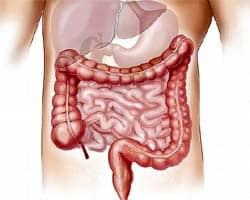
Researchers at Weill Cornell Medicine recently discovered that immune cells help keep fungal growth in check in the intestines. Reduced or loss of ability of the immune cells to fight fungi may lead to forms of Crohn’s disease or inflammatory bowel disease.
![]()
eDNA Alters Conditions On Aquatic Ecosystems

A recent study conducted at the Technical University of Munich makes it possible to study the microbial content and variation of water bodies without the need to isolate them. This can be achieved by studying the environmental DNA that the microbes release into the water body and how changing environmental factors can alter this content.
![]()
Scientists Engineered a New Probiotic As Anti-Cancer Agent

Scientists at the National University of Singapore have engineered a probiotic that targets colorectal cancer cells and helps transform a substance found in certain vegetables into an anti-cancer agent. The experiment was conducted in mice where this technique reduced the tumors significantly. Findings from this study suggest that an intake of cruciferous vegetables along with probiotics is necessary to keep the onset and recurrence of colorectal cancer at bay.
![]()
Researchers Reveal 3D Imaging of Bacterial Movements
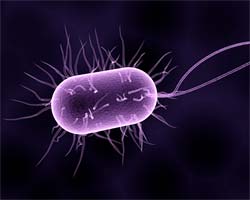
Researchers at the Imperial College London elucidated the evolutionary history behind molecular motors found in different species of bacteria. These molecular motors are found in Cilia and Flagella which are components of the bacterial cell that help in movement. Using 3D imaging techniques, researchers have discovered how these molecular motors evolved to optimize their movement.
![]()
Study Shows The Role of Yeast in Toxic Waste Cleanup

A recent study published in Frontiers of microbiology highlighted the role of yeast in the toxic waste cleanup. Findings from the study indicate that one particular fungus or red pigmented yeast could be resistant to gamma radiation and acid. This can prove to be an efficient and cost-effective method.
![]()
Gut Microbiota Genome Editing Reduces Colitis Inflammation
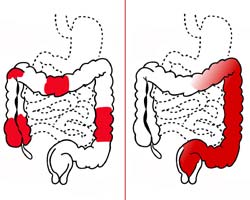
Scientists at the UT southwestern medical center have implemented genetic or precision editing of the bacterial genomes in the gut to bring down inflammation associated colitis. This technique targets signaling and metabolic pathways.
![]()
New Strain of Bacteria Reflects Sound Waves

Researchers at the California Institute of technology have developed a strain of bacteria that can reflect sound waves. This technology can enable doctors to use ultrasound to detect microbial populations or therapeutic bacteria in the body.
![]()

















